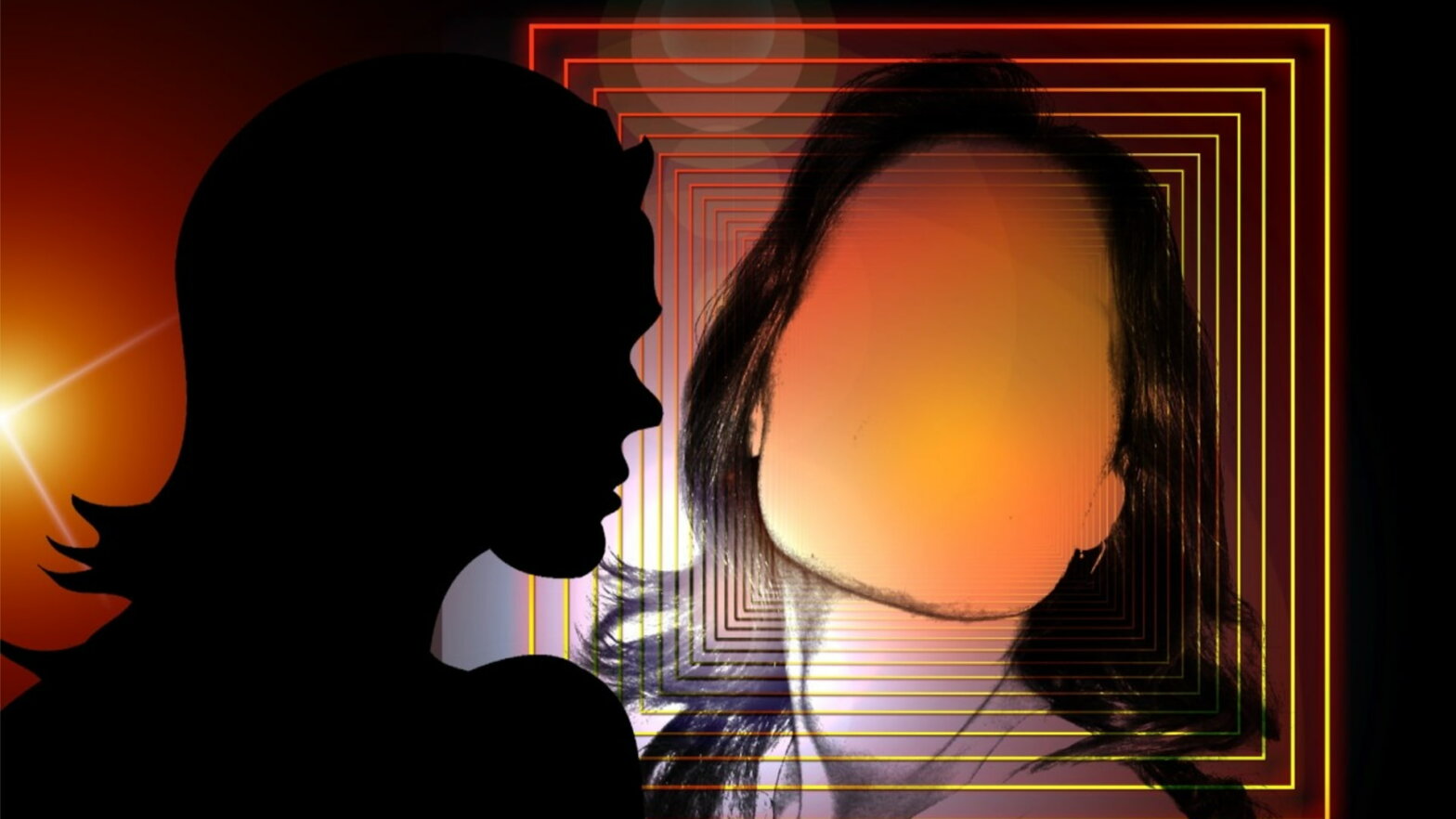Swiss psychoanalyst Carl Jung changed the conversation on psychology forever when he proposed his theory on archetypes and the collective unconscious. But Carl Jung’s proposed archetypes, otherwise known as Jungian archetypes, aren’t just pertinent for psychologists – they’re applicable for storytellers too. So, what are the Jungian archetypes? We’re going to look at these to see how writers have incorporated them in film and literature. By the end, you’ll know why Jungian archetypes are so important.
Carl Jung Archetypes
The origins of Jungian archetypes
The late 19th/early 20th century was a bit of a renaissance period for the study of psychology and philosophy. During this time, critical thinkers like Friedrich Nietzsche, Sigmund Freud, Franz Kafka, Jean Paul-Sartre, and Carl Jung, all introduced radical new ideas about the human condition.
Freud and Jung were colleagues in this period; both worked to advance the understanding of the philosophy of the unconscious. But whereas Freud was a neurologist, Jung was a psychiatrist. Freud believed the individual unconscious was the be-all, end-all answer to repressive tendencies.
Jung believed in a collective unconscious; one from which we derive archetypes — aka patterns — developed in different times and places irrespective of the knowledge of similar patterns in other times and places.
It can be a lot to keep track of – if you’re unfamiliar with Jung’s history prior to the development of Jungian archetypes, check out the video below.
What are the Jungian Archetypes? • Jungian Archetypes Explained by Academy of Ideas
Okay, so essentially, Freud and Jung disagreed on the existence of a collective unconscious. The idea of the collective unconscious is that every person in the world is connected by an understanding of patterns, symbols, tendencies, and situations. These patterns, symbols, tendencies, and situations are archetypes.
In addition, Jung argued that there were 12 major character archetypes under the umbrella of the collective unconscious. If you’re looking to learn more about character archetypes, check out our article on Character Archetype Examples in Film & Literature.
We’re going to focus on the four major elements that go into a Jungian archetype, but first let’s formally define what a Jungian archetype is.
JUNGIAN ARCHETYPES DEFINITION
What is a Jungian archetype?
A Jungian archetype is a pattern that’s universally recognized by people of different eras as a consequence of the collective unconscious. Jungian archetypes were proposed by Carl Jung as a refutation to John Locke’s Tabula Rasa theory that people are born in a blank mental state. Jungian character archetypes are viewed under the umbrella of Jung’s four major characteristics of the collective unconscious: The Persona, The Shadow, The Anima/Animus, and The Self.
What are the Jungian Archetypes?
The Jungian mask – the Persona
The Jungian mask, aka the Persona, is the outward appearance a person displays. The Persona is regarded as the mask because it hides the true character of an individual.
This Persona is regarded as part of the collective unconscious rather than the personal unconscious because it is inherited by socialization, gender roles, caste roles, etc. In simpler words, the Persona is who you appear to be, not who you are. We’ll get to what Jung argues is one’s true self in a bit, but first let’s listen to Joseph Campbell, author of the Hero’s Journey, explain how the Persona system works.
Carl Jung Archetypes Literature & Film • Jung and the Persona System by Joseph Cambell
Campbell argues that some societies, particularly caste societies, encourage and cultivate personas; thus slowing down the process of self-actualization. Essentially, all cultures ask people to wear masks; some explicitly, others implicitly. Here’s an example: Batman and Bruce Wayne in Christopher Nolan’s The Dark Knight trilogy.
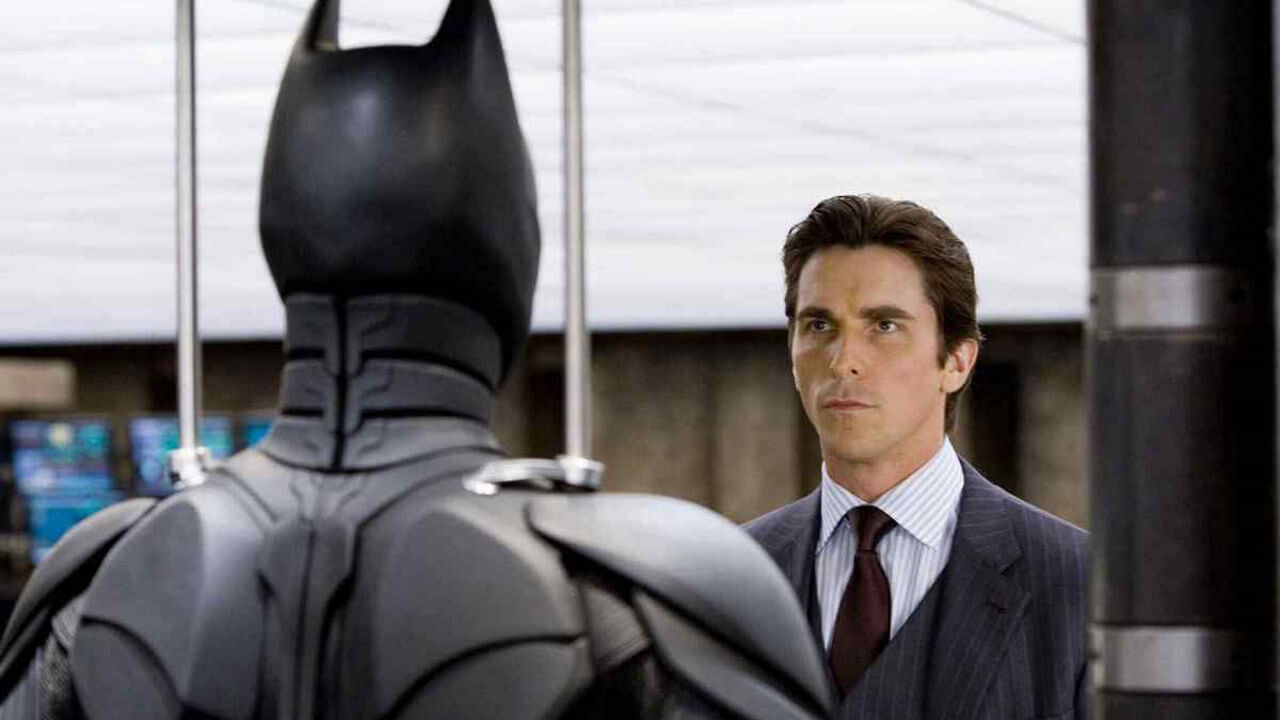
Carl Jung’s Archetypes • Jungian Archetypes Examples in Batman
Which personality is the persona: Batman or Bruce Wayne? Batman may be the one with the mask, but it’s actually Bruce who is more of a persona because he masks his true-self. I’m far from the first to suggest this Jungian interpretation of Batman. Thomas Wayne, the father of Bruce Wayne, brings this point up in the Joker screenplay in saying:
“It makes total sense to me. What kind of coward would do something that cold-blooded? Someone who hides behind a mask. Someone who's envious of those more fortunate than themselves, yet too scared to show their own face.”
This line can be interpreted as dramatically ironic because we know that his son becomes a masked vigilante. Of course, Bruce Wayne’s true mask isn’t the cowl but rather the stoic, arrogant face of a businessman.
The popular Japanese video game series Persona is dedicated to the Jungian archetype of the same name.
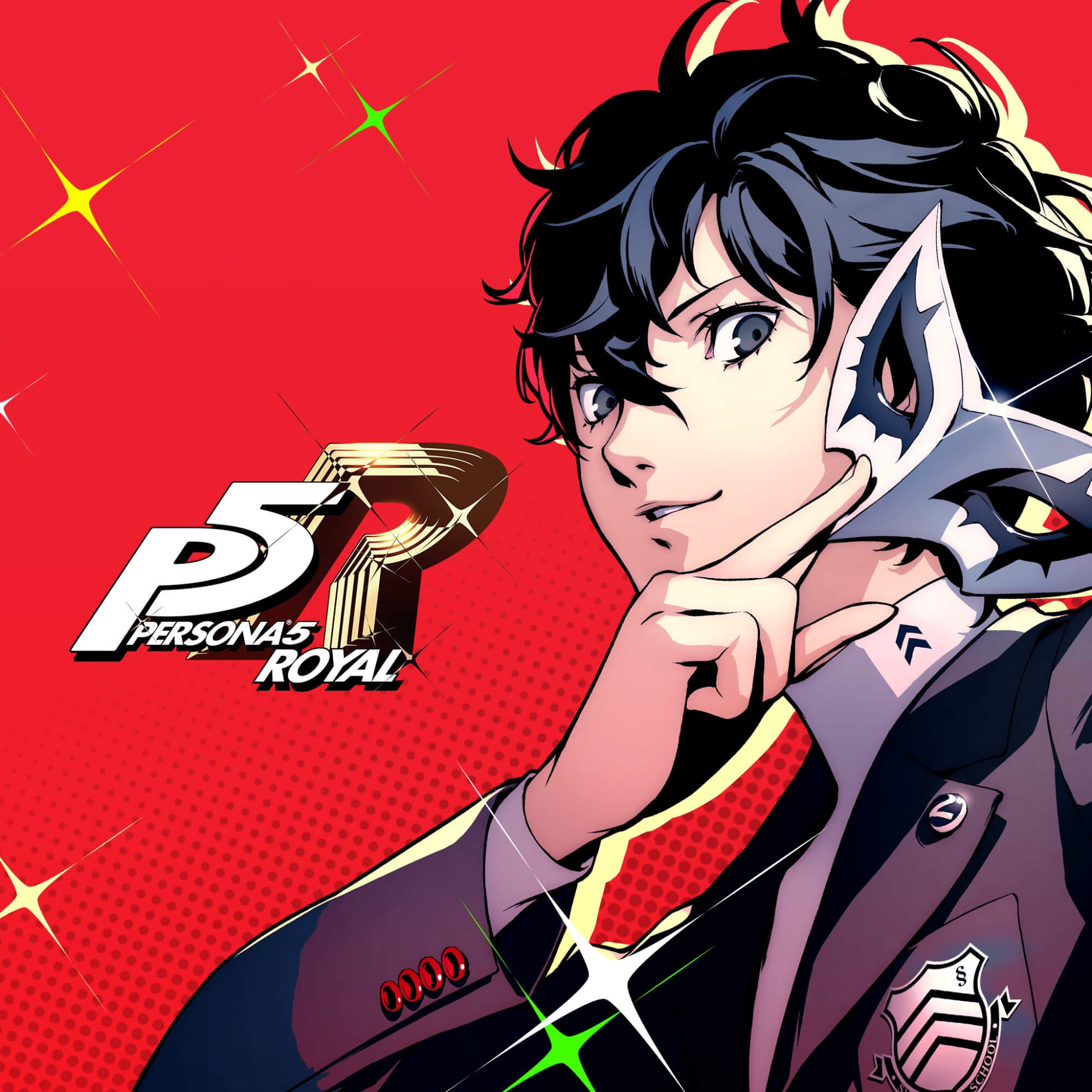
Carl Jung Archetypes Literature and Video Games • Jungian Archetypes in Persona
In the game Persona 5, players control a protagonist who battles other-wordly forces with personas – aka physical manifestations of psyches; which Jung argued were “the totality of all psychic processes, conscious as well as unconscious.” Personas are symbolized in the game as masks.
Jungian Archetypes in Art
The Jungian darkside – the Shadow
In psychological terms, The Shadow is an unconscious aspect of an individual. Jung argued that the shadow “personifies everything that the subject [patient or individual] refuses to acknowledge about himself."
The Shadow is frequently encountered in dreams – and often frightens, disturbs, and shames the dreamer. The Shadow is regarded as a part of the collective unconscious because it’s repressed by social circumstances – such as rules, laws, ethics, etc.
Jung believed that individuals could not achieve individuation until they embraced and integrated their Shadows. For more on this idea, check out the video from Academy of Ideas below.
Carl Jung’s Archetypes • How to Integrate Your Shadow by Academy of Ideas
In many ways, the Shadow is the nightmare-response to an overplayed persona. When a persona becomes too much to bear, individuals often fall victim to their Shadow. This is because “the Shadow” represents all of the repressed feeling in the collective unconscious – and it feeds off attempts at minimizing it.
Jung said “assimilation of the Shadow gives a man body, so to speak.” So as to say for one to become their true self, they must assimilate with their Shadow.
Take Anakin Skywalker (Darth Vader) for example: one could argue that Anakin Skywalker’s true self was as the prophecy foretold; the one to save the Jedi, not leave them in darkness.
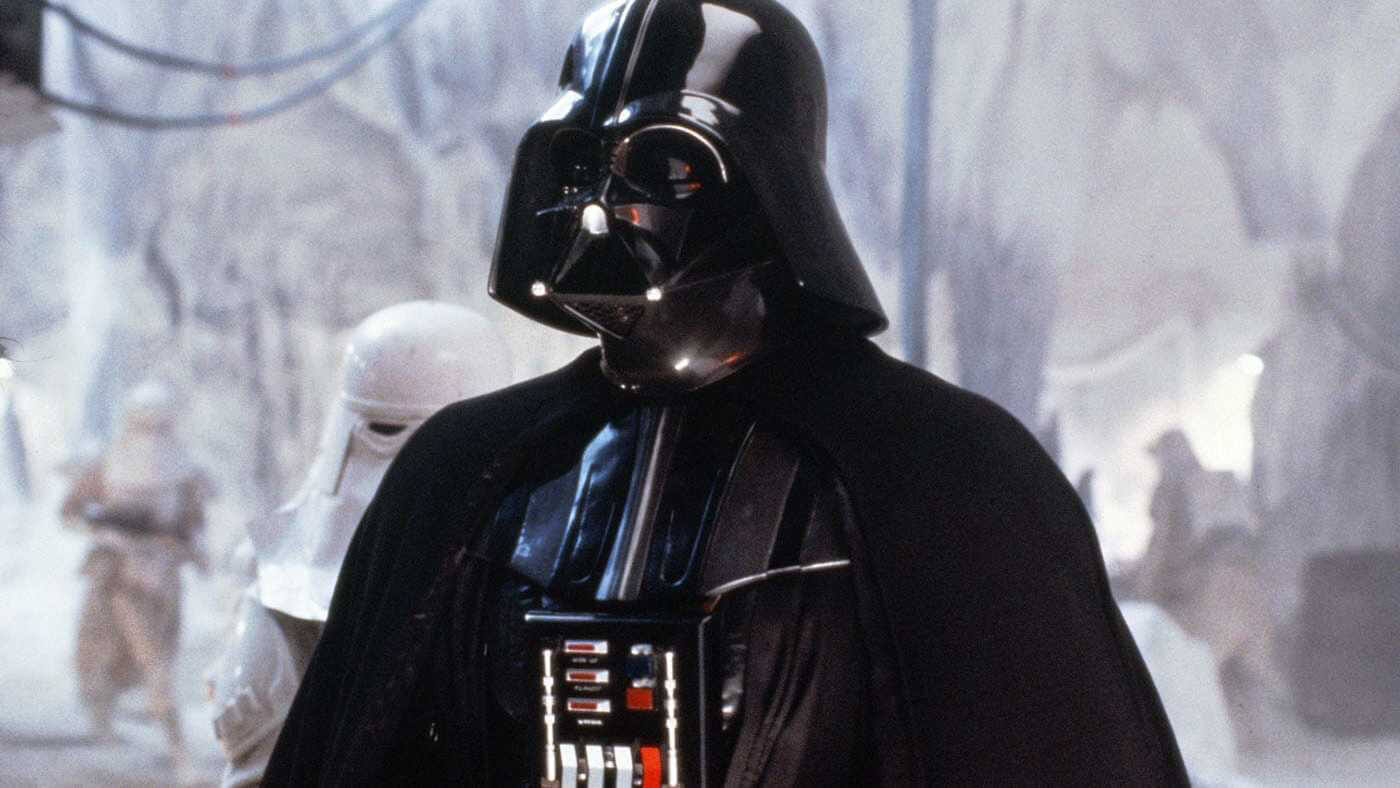
Archetypes Carl Jung • Jungian Archetypes Examples in Star Wars
Anakin Skywalker embraces his shadow when he [kills] Emperor Palpatine in Return of the Jedi. The Shadow is not bad, it’s simply the repressed unconscious side of an individual, rooted in the collective unconscious.
Just as Anakin Skywalker became “good” by embracing his Shadow, others become “bad” by embracing theirs. For example: in Strange Case of Dr Jekyll and Mr Hyde, the miserable Henry Jekyll succumbs to his shadow, symbolized by repressed vices.
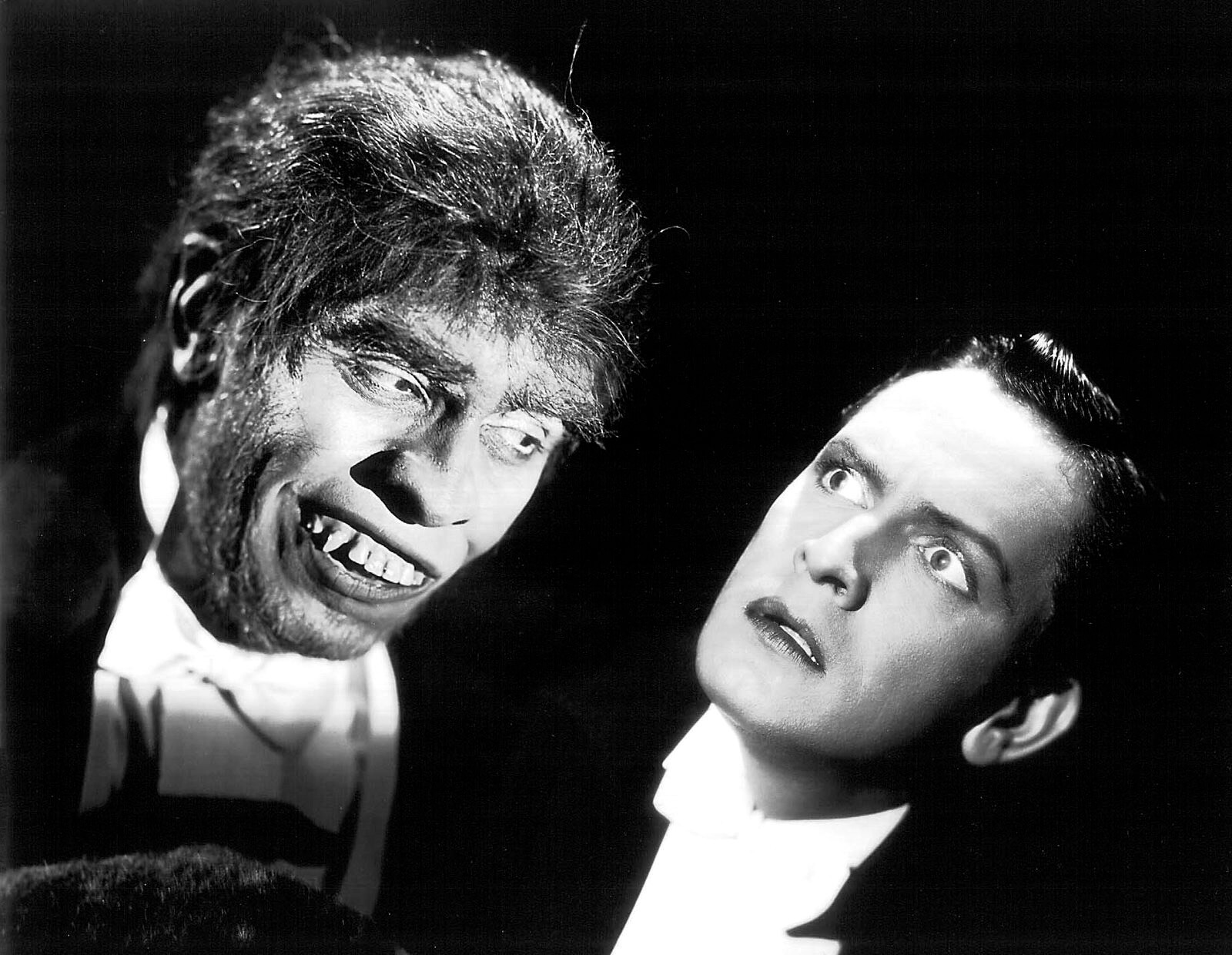
Jungian Archetypes in Art • Strange Case of Dr. Jekyll and Mr Hyde
Many psychologists believe the best way to control the Shadow is to first acknowledge it, then confront it, then negotiate with it, then assimilate with it. The Shadow is an integral part of self-actualization, but as Dr. Jekyll proves, one’s true self isn’t always pretty.
Carl Jung Archetypes Literature
The Jungian gender – Anima/Animus
The Anima and Animus represent the feminine side of a man and the masculine side of a woman respectively. Jung argued that society represses the natural femininity and masculinity of men and women, which causes them to fail in the process of individuation.
But despite the fact that the Anima/Animus sound similar and are rooted in the same basic psychosocial principles, Jung believed they were much different from one another. Jung said that the Anima was a way for men to become more in touch with their emotionality, and thus, their spirituality.
The Anima is the subject of one of Paul Thomas Anderson’s best movies, appropriately titled Anima. For more on how PT Anderson visually integrates Jungian archetypes, check out the video essay below.
Archetypes Carl Jung • Anima Video Essay by In/Frame/Out
PT Anderson’s Anima follows a man in search of a woman. Perhaps symbolically to say, Anima follows a man in search of the feminine side of himself. That’s my interpretation at least.
Many historians agree that Jung’s analysis of the Animus is less cohesive than his analysis of the Anima. Jung argued that the Animus contained four developmental layers centered around collective strength, romance, authority, and spirituality.
Ultimately, Jung believed that men and women need to control their Anima/Animus to coalesce their consciousness and unconsciousness.
Jungian Archetypes List
The Jungian unification – the Self
The Self is the last stage in the Jungian process of individuation. Jung said the Self is “is the total, timeless man...who stands for the mutual integration of conscious and unconscious,” which essentially means it’s the self-realized wholeness of a human spirit. The Self can only be found after an individual encounters their Shadow and Anima or Animus.
Archetypal Theory Jung • The Self Jungian Archetype Excerpt From Man & His Symbols
The Self is regarded as the unification of consciousness and unconsciousness. It’s the final step in self-actualization; aka the embracing of one’s true character. The embrace of one’s true Self involves acknowledging one’s dark side (Shadow) and repressed femininity (Anima) or masculinity (Animus). But the embrace of one’s Shadow, Anima, or Animus, can be a negative thing.
Take the fable of the scorpion and the frog for example: the scorpion succumbs to assured destruction because it embraces its “self.” When the scorpion stings the frog, drowning them both in the river, he says “I can’t help it, it’s my character.” This fable could be interpreted from a Jungian lens as a forewarning reminder of the danger of embracing one’s true self.
Consequently, the embrace of one’s true self could be positive – like it is in Mad Men. Spoilers beware:
Over the course of seven seasons, Don Draper undergoes a series of trials and tribulations that demand he embrace his Shadow and Anima. In the end, he makes peace with these unconscious archetypes and unifies his psyche with its true-self.
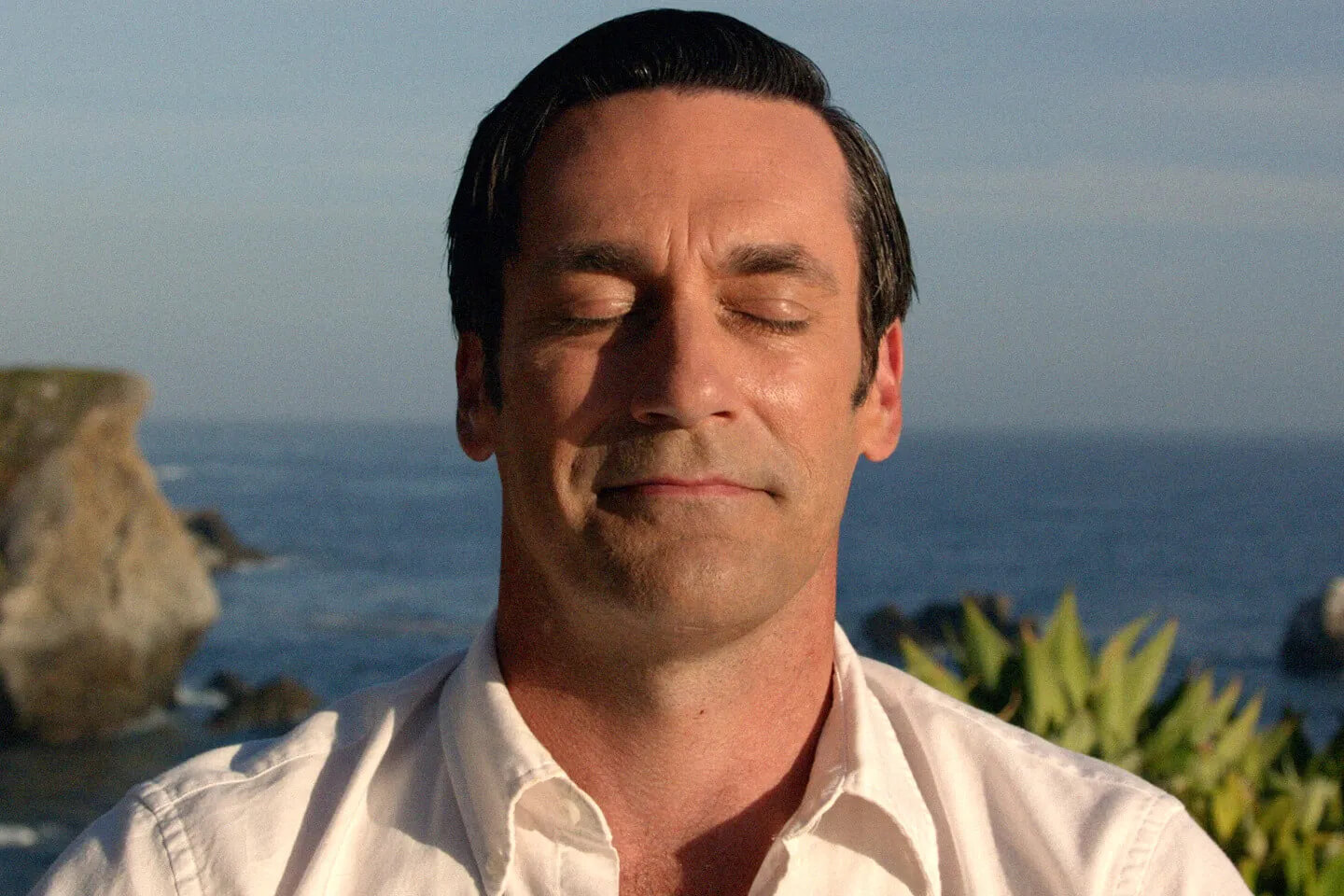
Archetype Jung Fulfilled • The Journey to the Self in Mad Men
Don’s character arc is widely regarded as one of, if not the best in television history. From a Jungian lens, we can see how the four major Jungian archetypes: the Persona, the Shadow, the Anima, and the Self, play a major role in Don’s character development.
Up Next
Character archetype examples
Carl Jung proposed 12 character archetypes as part of his archetypal theory – but he also said there could be a limitless amount. In this next article, we break down some character archetypes that are rooted in Jungian theory. Follow along as we analyze archetypes from Star Wars, Fight Club, and more!
